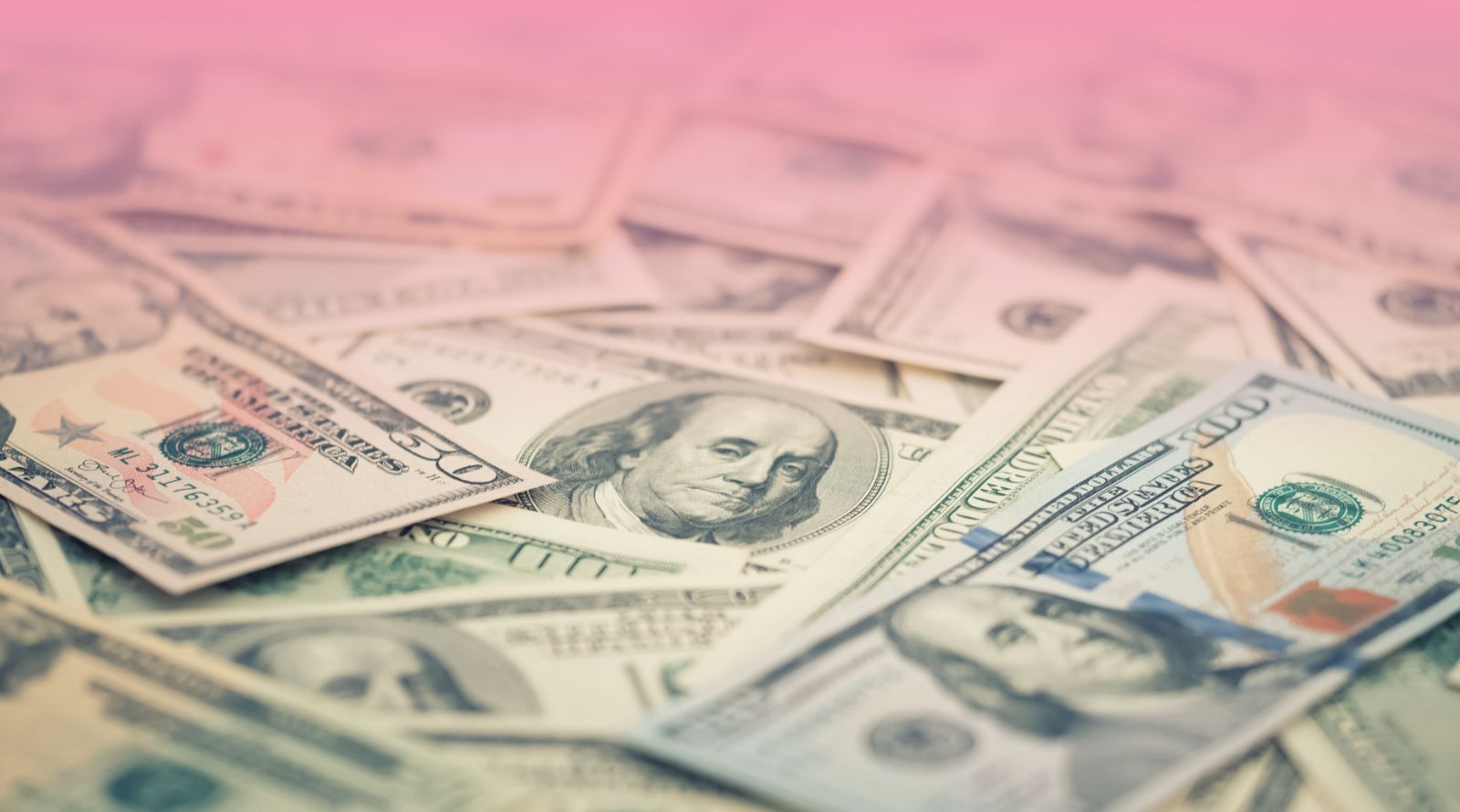If you think that the U.S dollar is losing its pre-eminence worldwide, think again. The international monetary system still functions through the so-called Imperial Circle,’ beholden to the greenback when times are good, as well as bad – and increasingly so. This reliance on the dollar has significant global consequences.
Research by Gianluca Benigno Professor of Economics at HEC Lausanne 1, 2 shows that when the U.S dollar gets stronger, say following interest rate increases by the U.S. Federal Reserve, this can lead to a decline in global economic activity, which in turn benefits the dollar itself, reinforcing its initial appreciation.
Why? The dollar’s strengthening dampens global trade and growth, leading the U.S. dollar to perform better compared to currencies such as the Euro or Yen, given the U.S’s lesser reliance on global trade. This makes the greenback look more attractive and in turn reinforces its initial show of strength.
Such a self-fulfilling force means the dollar’s lynchpin status continues unabated, so is its grip on the global economy. This matters since, policymakers from Europe to China yearn to be free of the dollar’s grip. Benigno’s research suggests that breaking free from these cyclical dependencies is challenging.
“The role of the U. S. dollar is reinforced in the context of the international monetary system. What the U.S. Federal Reserve does also goes global with huge ramifications,” explains Professor Gianluca Benigno.
The dollar, as the dominant currency, also benefits from network effects. Businesses from Vietnam to Colombia want to use the currency everyone else is using. It has a huge role as a ‘vehicle currency’ and invoicing transactions where no Americans are involved, particularly in emerging countries.
Roughly half of global trade is still invoiced in U.S. dollars.3 The currency accounts for 60% of global foreign exchange, 40% of global payments and 50% of all international debt.
However, there’s an imbalance at play — an asymmetry –since the proportion of global GDP and trade that the U.S. accounts for has diminished over time, and its economy has shifted towards services, reducing its exposure to global economic developments. However, the use of the dollar has not diminished in correlation with the U.S.’ shrinking share of global GDP; instead, it has grown.
It means the greenback continues to have an outsized effect on most of the cross-border trade and bank activity of exporting economies. It also means that U.S domestic economy, monetary and fiscal policies increasingly matter at a time when the United States is less exposed to global economic forces and business cycles.
Hence, the idea of the ‘Imperial Circle,’ which was first proposed by George Soros 4. “What matters though is that there’s global economic stability,” states Professor Benigno. “Calls for multilateralism and the use of other currencies is difficult when the greenback performs such an outsized role. Its dominance is also the result of millions of individual decisions made around the globe every day. The U.S. still has a global responsibility; only greater Eurozone unity could counter this over time. The Imperial circle continues.”
Picture © Radzh Dzhabbarov | Dreamstime.com
- The Dollar’s Imperial Circle, Ozge Akinci, Gianluca Benigno, Serra Pelin and Jonathan Turek. Federal Reserve Bank of New York Staff Reports, December 2022
- The Dollar’s Imperial Circle, Ozge Akinci, Gianluca Benigno, Serra Pelin and Jonathan Turek.
Liberty Street Economics, Federal Reserve Bank of New York, March 1, 2023 - Revisiting the international role of the US dollar, BIS Quarterly Review, December 2022
- The Danger of Reagan’s “Imperial Circle”, George Soros, Financial Times, May 23, 1984




